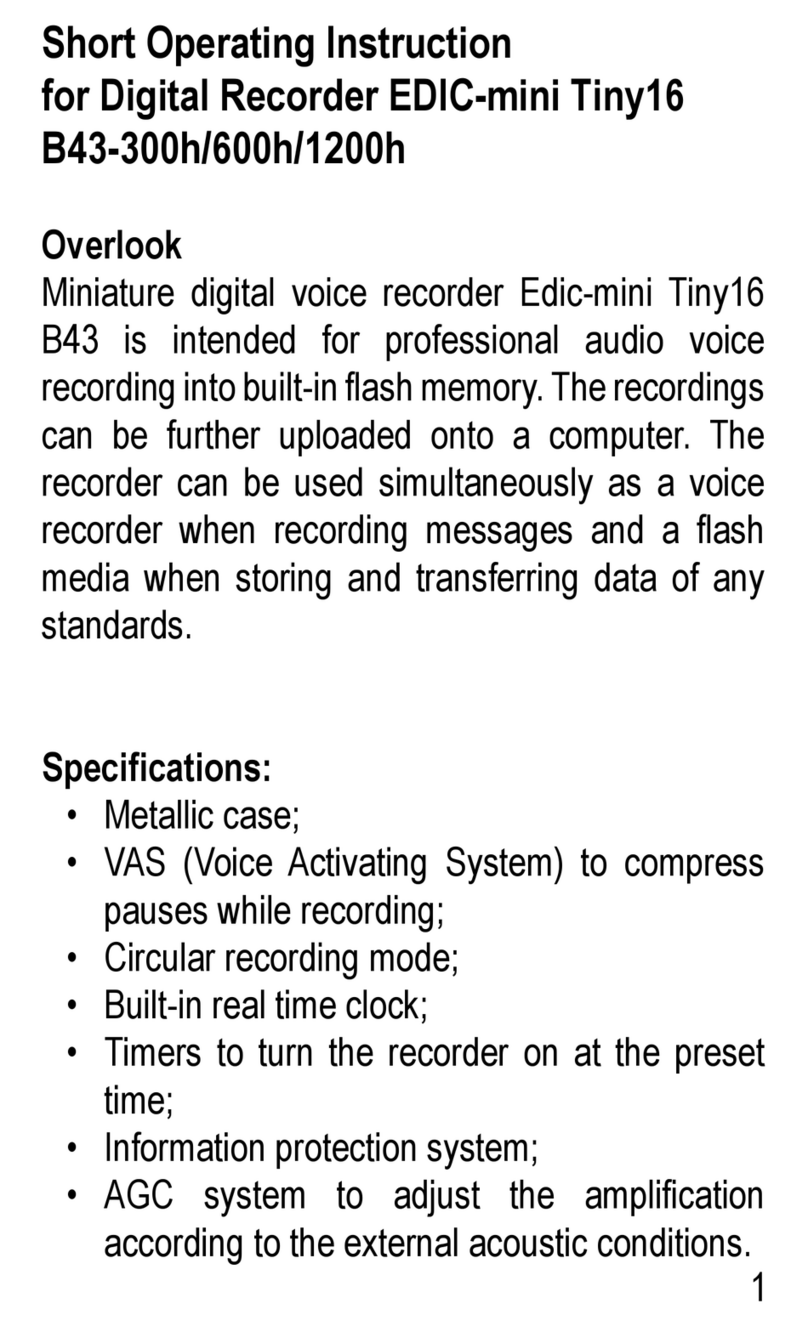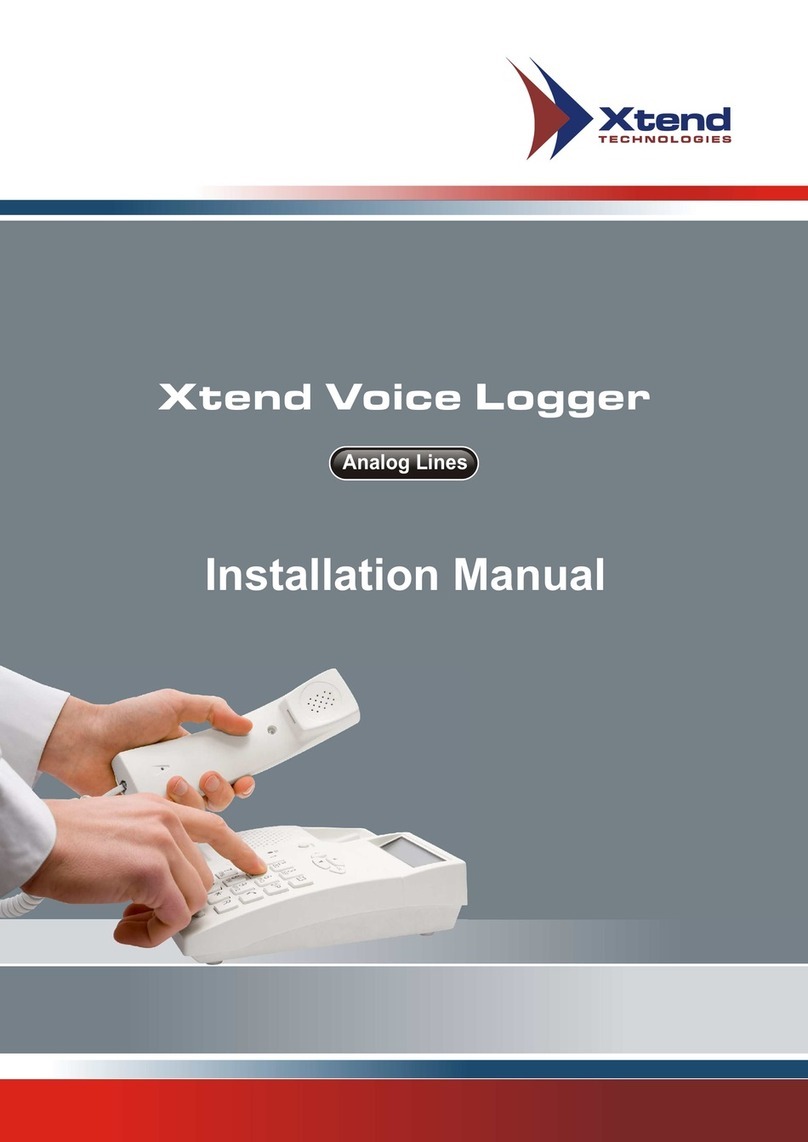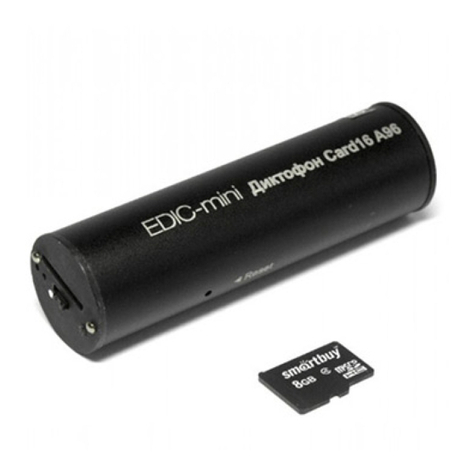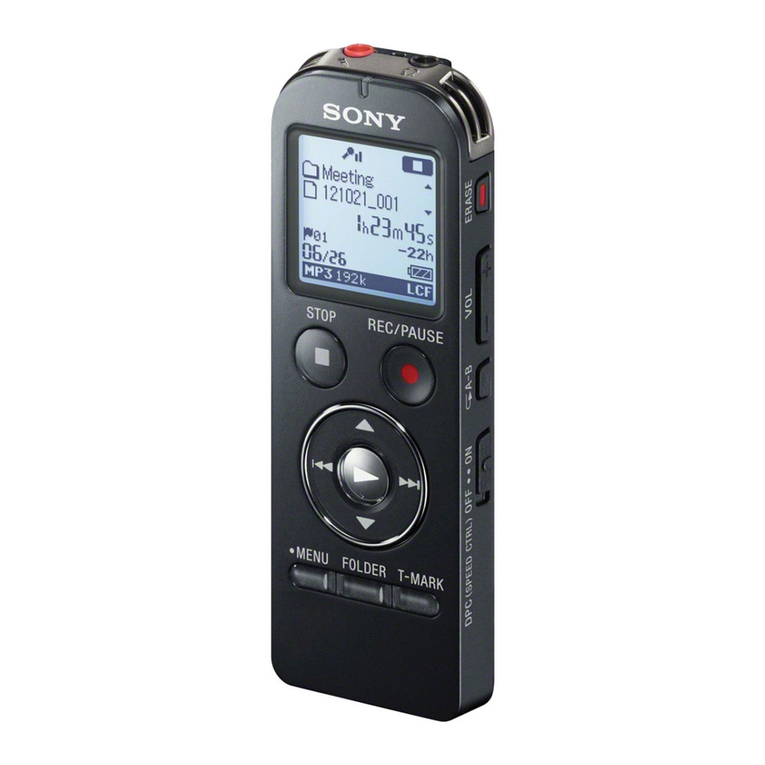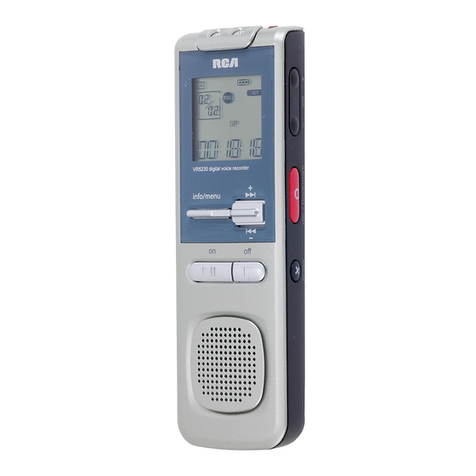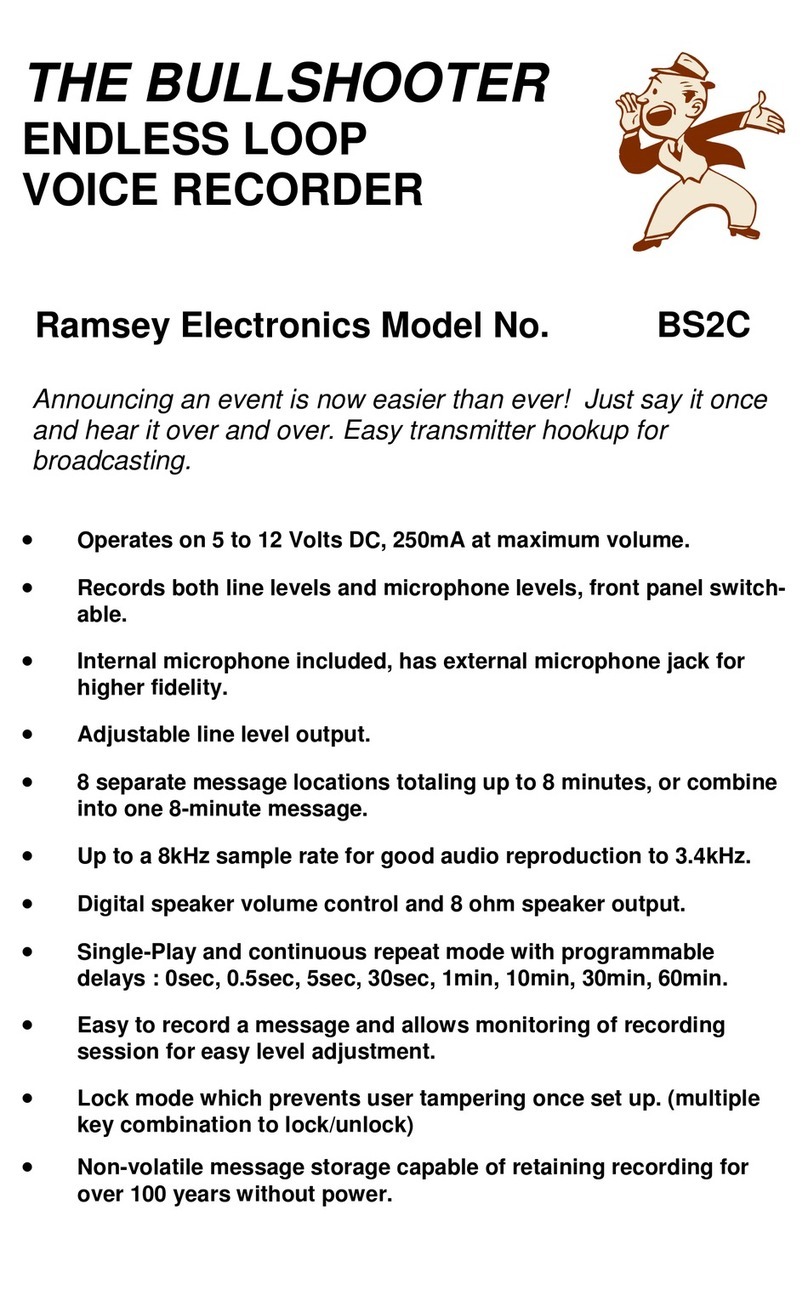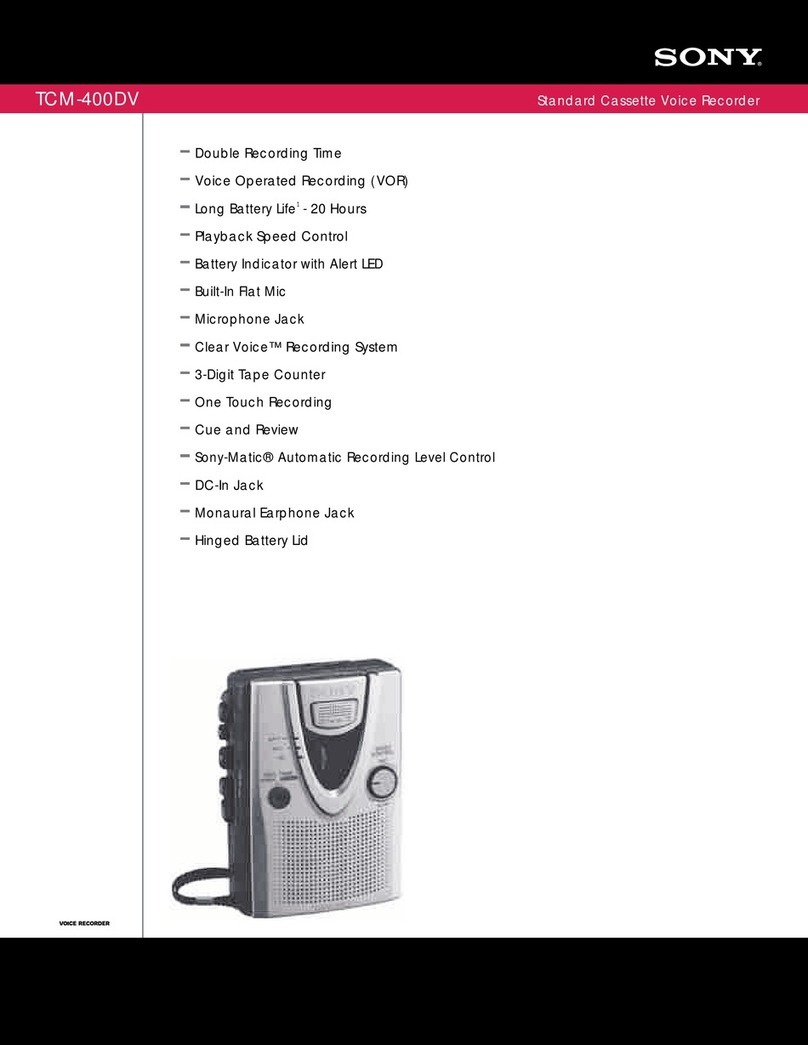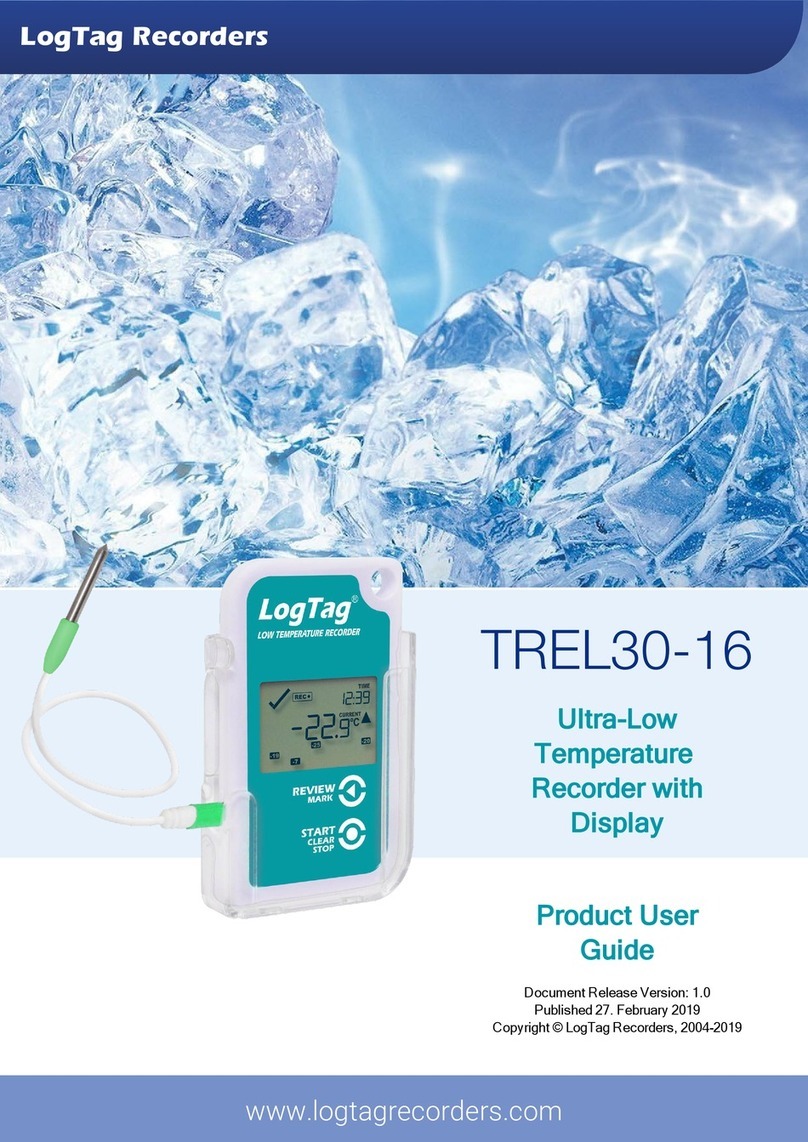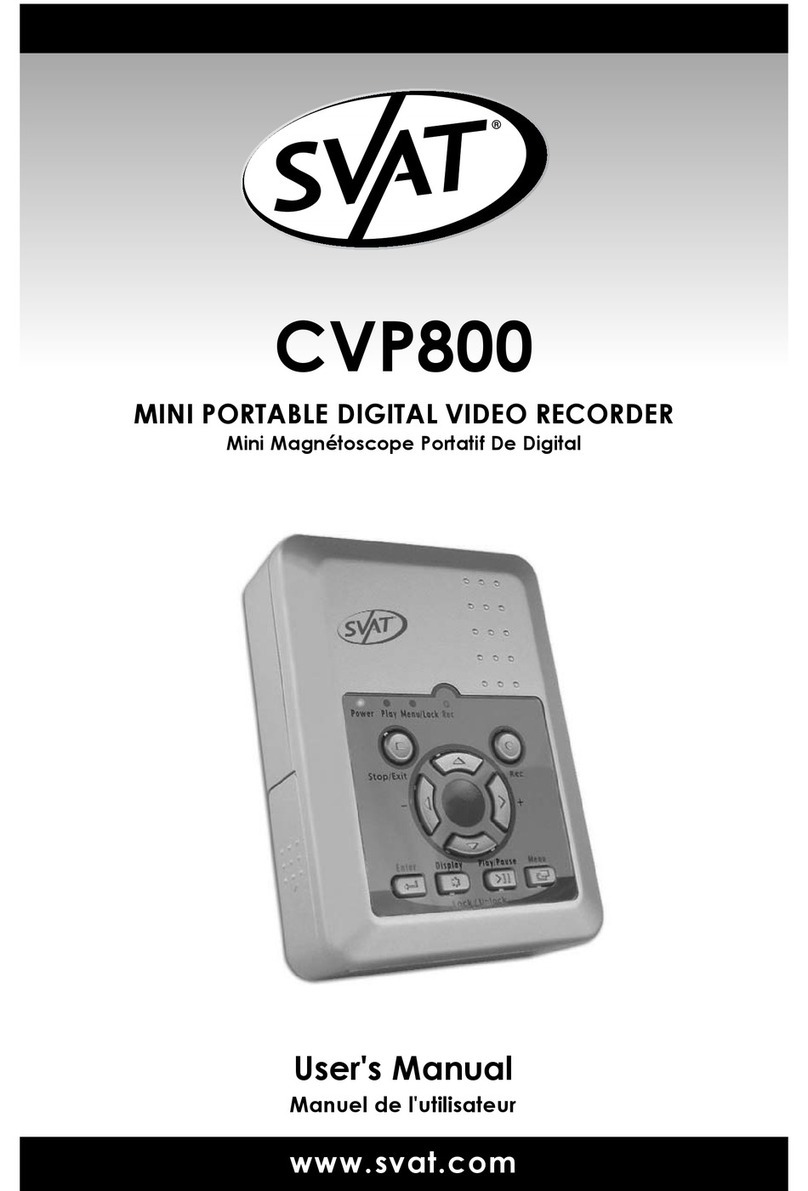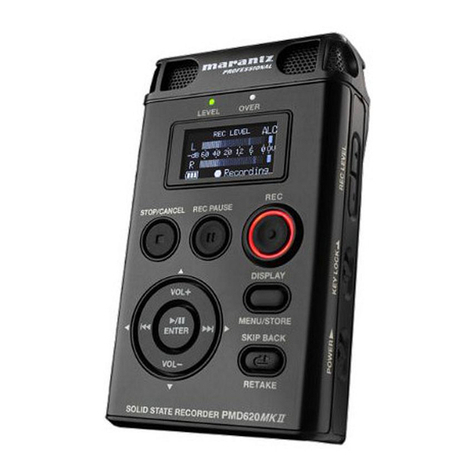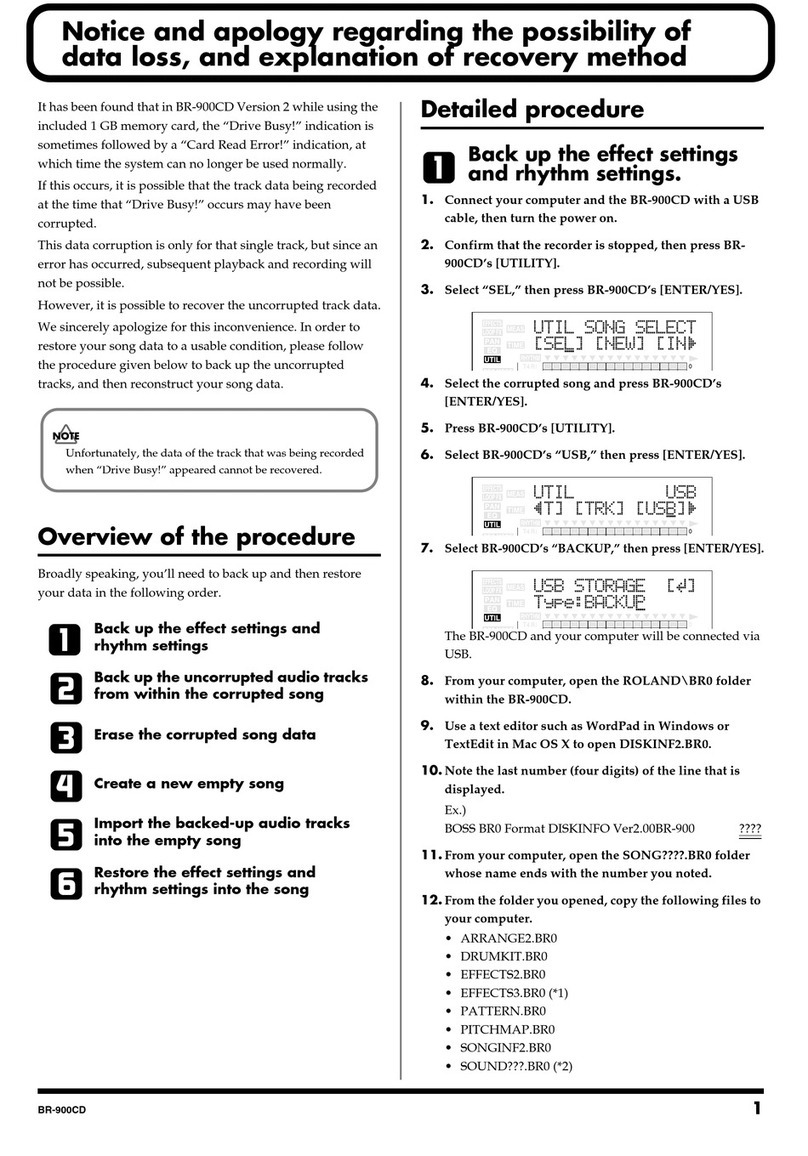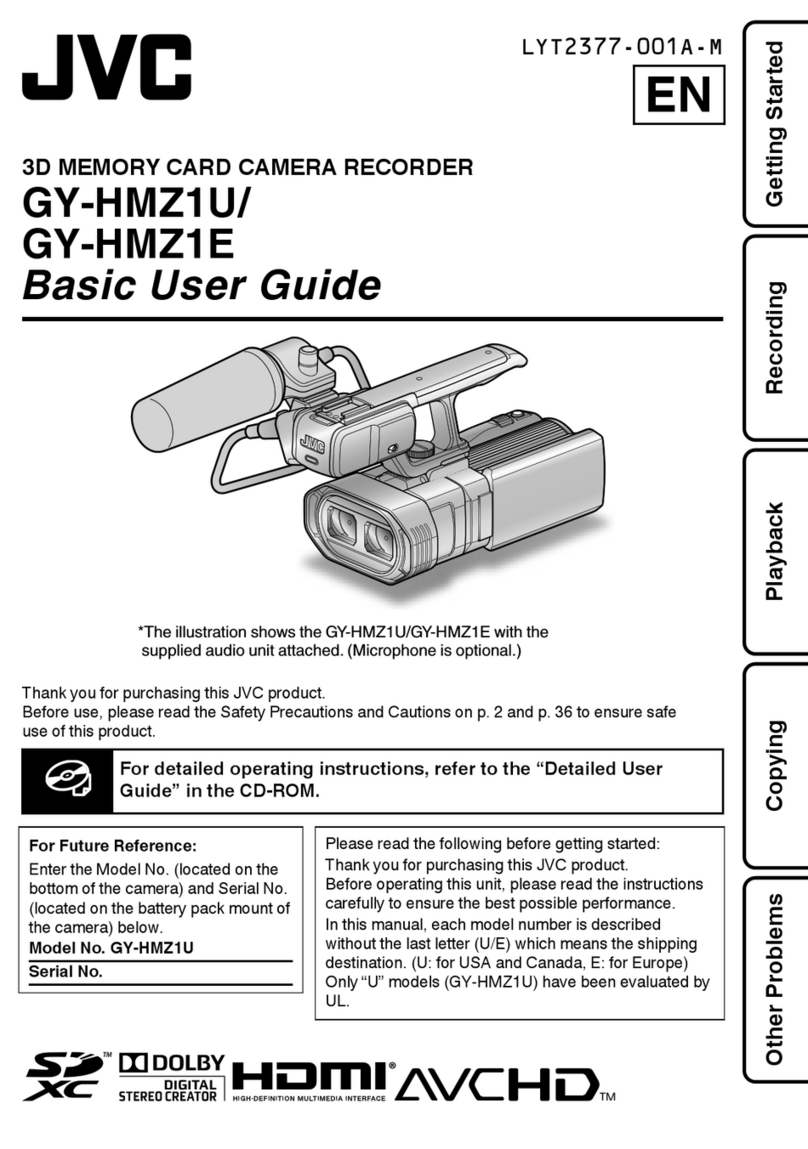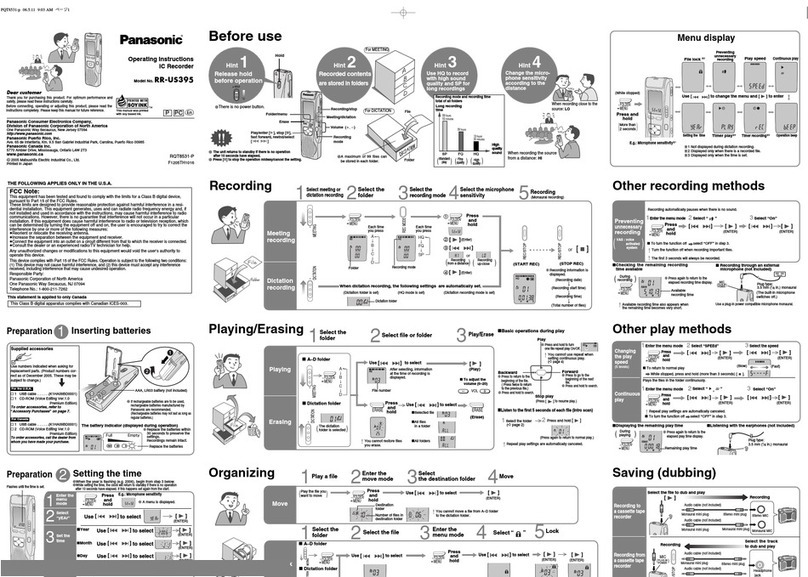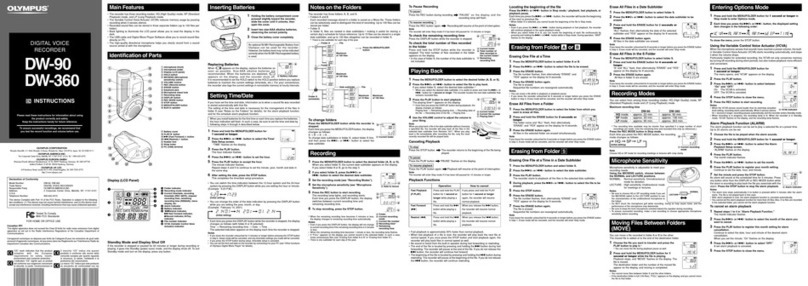
i-3 EasyTalk User’s Handbook
iii
About this Handbook
This handbook was designed to help you,as a care giver or therapist,to
quickly learn to set up the EasyTalk and put it to use.It will help you to record
messages and then teach the user to play them back.For those familiar with this
type of communication aid,there is a‘quick start’chapter that gives only the
most essential information in order to set up the EasyTalk,record messages,and
begin playing them back.For more in-depth instructions,such as for scanning or
special care,please refer to the remainder of this guide.
This manual is designed to make the initial reading and subsequent
referencing as quick and simple as possible.
• The first chapter,
Quick Start
,will guide experienced users
through software installation and basic use.
• The second chapter,
Equipment and Its Care
,provides detailed
instructions on handling the EasyTalk and its accessories.
• The third chapter,
Recording Messages
,explains how to set up
the EasyTalk with messages for later playback by the user.
• The fourth chapter,
Playing Back Messages
,provides
information which should help the care giver or therapist to adjust
settings for the user and to teach the user to play back messages.
rgan
zat
on
